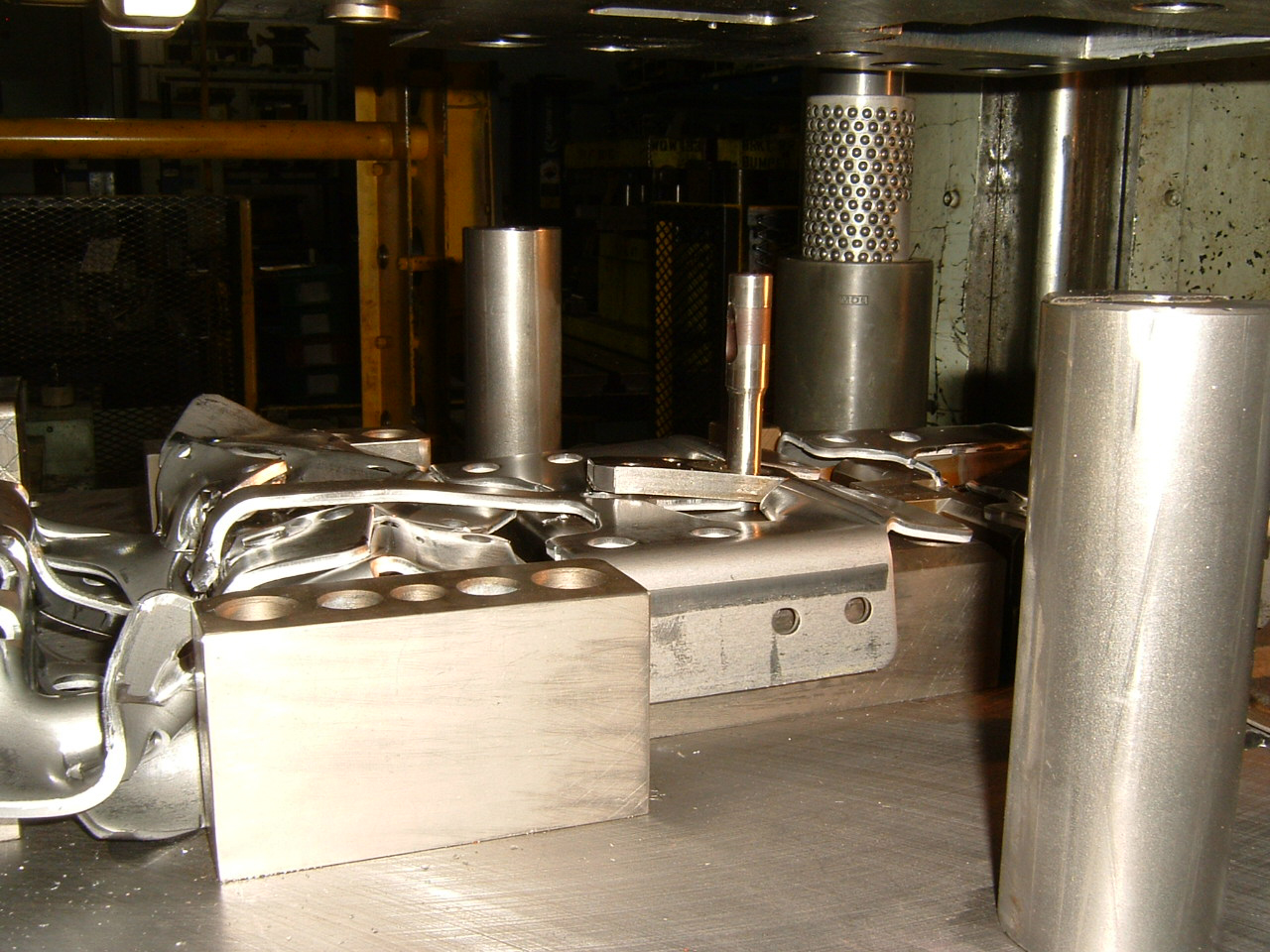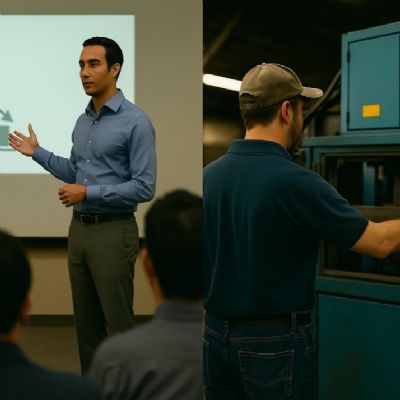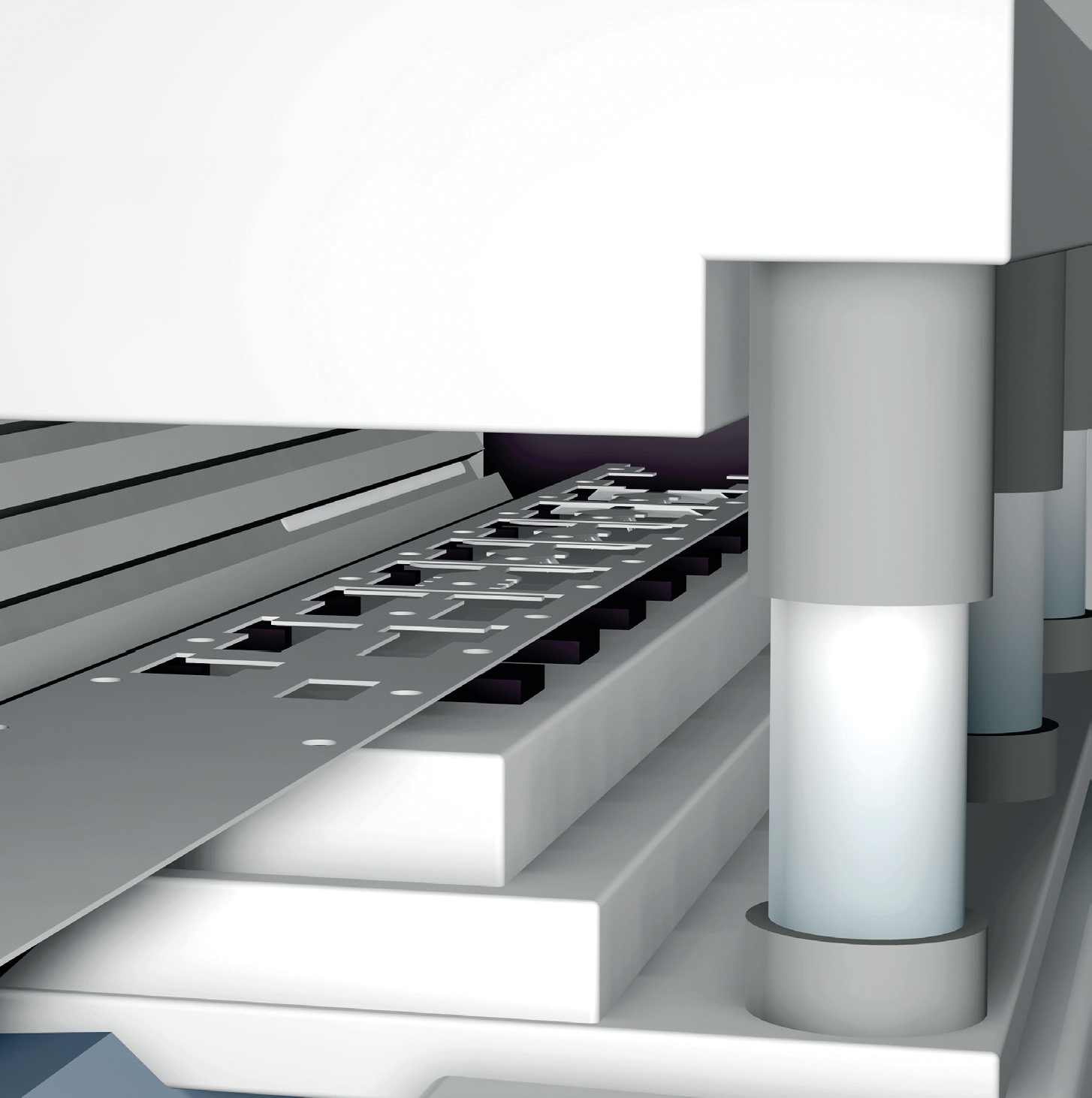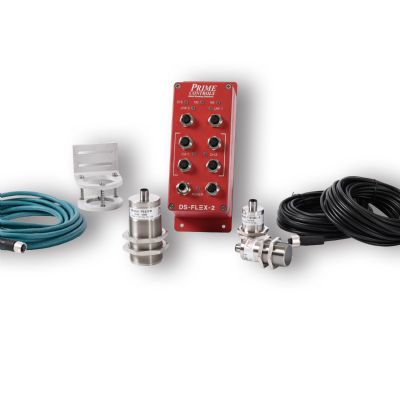Commitment is Key
Back to commitment, Bird stresses the need for company-wide buy-in as well as specific personnel dedicated to the sensing and die-protection effort. The team must agree with and adhere to the new processes and procedures even though initially they may seem foreign or unnecessary. Make sure that everyone understands how a sensored process can eliminate errors and improve part quality. Without such understanding, the result will be bypassed sensors and operator mistrust.
“Everybody is looking for ways to get things done in a better way, and sensoring the process does just that,” says Bird. “In identifying a go-to person as the champion of the sensor effort, many companies don’t take this crucial step, or don’t attach importance to it. They’ll say, ‘Okay, this is my sensor person…who also runs production and manages several people.’ And it is more important that this person be mechanically savvy, not necessarily an electrical genius. Mechanically versed people know what is possible in the die as well as constraints on fitting sensors. This person then can be guided on what sensing technologies can fit, hold up well and perform satisfactorily, and how to replace them. A mechanical person experienced in the toolroom is ideal for this position.”
‘Can’t Eat the Elephant in One Bite’
“Everyone wants a silver bullet, but sensoring for part quality and die protection is a building-block process,” says Bird, noting how one current customer, an automotive-OEM supplier, achieved top-to-bottom buy-in, backed by investment that includes training. “We’ve already conducted two or three training sessions just focused on basic sensoring to lay the groundwork. You can’t eat the elephant in one bite.”
Another auto supplier recently hired a full-time sensor champion as it embarks on the process, according to Bird. It’s no accident that the automotive supply chain is a leader in deploying sensor solutions.
“Why the investment?” Bird asks. “Picture the sorting and reworking process when you get a red flag from an automotive company. Everything is quarantined, with hand inspections and everything…just miserable. Metalformers are running on skinny profits to begin with, so a red flag is a huge burden that just wipes those profits out.
“But things are changing,” he continues. “I have never seen a bigger interest in sensoring and in taking the steps to enact sensoring programs. From automotive OEMs to tier stampers, the interest dating from the latter half of 2016 to now is astonishing.”
No Better Time Than the Present
A wise person once said that the best time to plant a tree was 50 years ago, and the second-best time to plant a tree is right now. The same idea holds true in implementing a sensoring program, according to Bird. Of course, ‘planting’ allows freedom to design and build optimally from the start with a new die. Retrofitting sensors into existing dies represents a greater challenge, but should not be the reason to delay or drop a sensoring initiative.
 |
| Look at this mess, resulting from a misfeed. The cleanup, combined with lost production time, material waste and tool damage, makes in-die sensoring a smart option. |
But…
“Not everyone buys new dies every year, so that leaves the rest of the metalforming universe with dies without any sensoring, or sensoring that does not function very well,” he says, detailing the vast inventory of non- or inadequately sensored tooling on metalformers’ shelves. “I’ll hear metalformers say that they don’t have time to tear tooling apart. Okay, but if you don’t do anything, you’ll just fall farther down the hole and it will have to be addressed at some point when the situation is even more dire…with expensive consequences.”
A good sensor provider can come in, perform audits and talk to everyone involved in the process, examine the problems, and determine the root cause of failure, says Bird, explaining what metalformers can expect.
“It takes some digging—watch the press in action, look at damaged tooling if possible and look at why the press stops or how it is being used. At that point the sensor provider can make recommendations as to products in the toolbox to fix it.”
The whole point is, according to Bird, to get in the game early.
“Find the best sensor provider offering a high level of expertise and the means and tenacity to get things done,” he says. “Don’t wait.” MF
See also: Balluff, Inc.
Technologies: Sensing/Electronics/IOT, Tooling
Comments
Must be logged in to post a comment. Sign in or Create an Account
There are no comments posted. Sensing/Electronics/IOT
Sensing/Electronics/IOTEliminating Pressroom Waste—One Walk at a Time
Manuel Resendes June 10, 2025
Industry 4.0 Applications in the Sheet Metal Forming Industr...
Eren Billur March 27, 2025









